One in silver
The other in silver metal
English work
Birmingham, 1911
153 grams
At the beginning of the 20th century, the English silver manufacturing industry in Birmingham was one of the United Kingdom’s major industrial centers for producing silver objects. Birmingham, nicknamed the “City of Steel” or the “City of Silver,” was renowned for its excellent craftsmanship and mass production of precious metal items.
The city housed numerous factories specializing in making silverware, ranging from tableware (cutlery, tea sets, platters) to decorative objects (candelabras, boxes, frames). Birmingham benefited from exceptional skills passed down through generations, along with the use of modern machinery that allowed faster and larger-scale production. The manufacturers often combined meticulous handwork with industrial processes, ensuring both quality and volume.
Birmingham’s products were known for their elegant design, durability, and fine silversmithing. The city produced both classic pieces inspired by traditional styles and more modern creations influenced by early 20th-century artistic movements such as Art Nouveau. The Birmingham hallmark, an official mark, guaranteed the authenticity and purity of the silver used.
Birmingham silverware was exported throughout the British Empire and internationally, reflecting the city’s worldwide reputation in this sector. The silver industry played an active role in the local economy, employing many artisans, workers, and designers.
Thus, at the beginning of the 20th century, Birmingham’s silver manufacturing combined artisanal tradition and industrial innovation, producing silver objects that were elegant, durable, and widely recognized around the world.


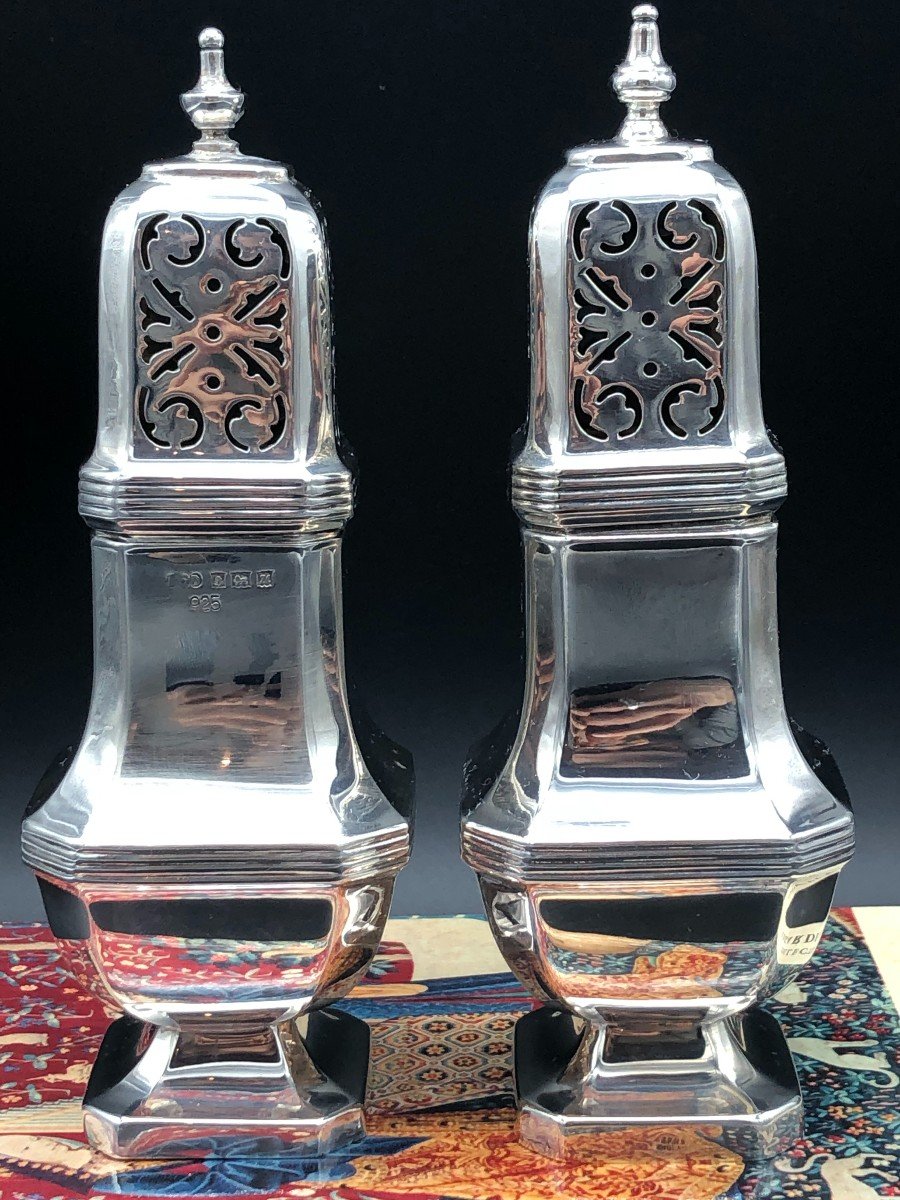
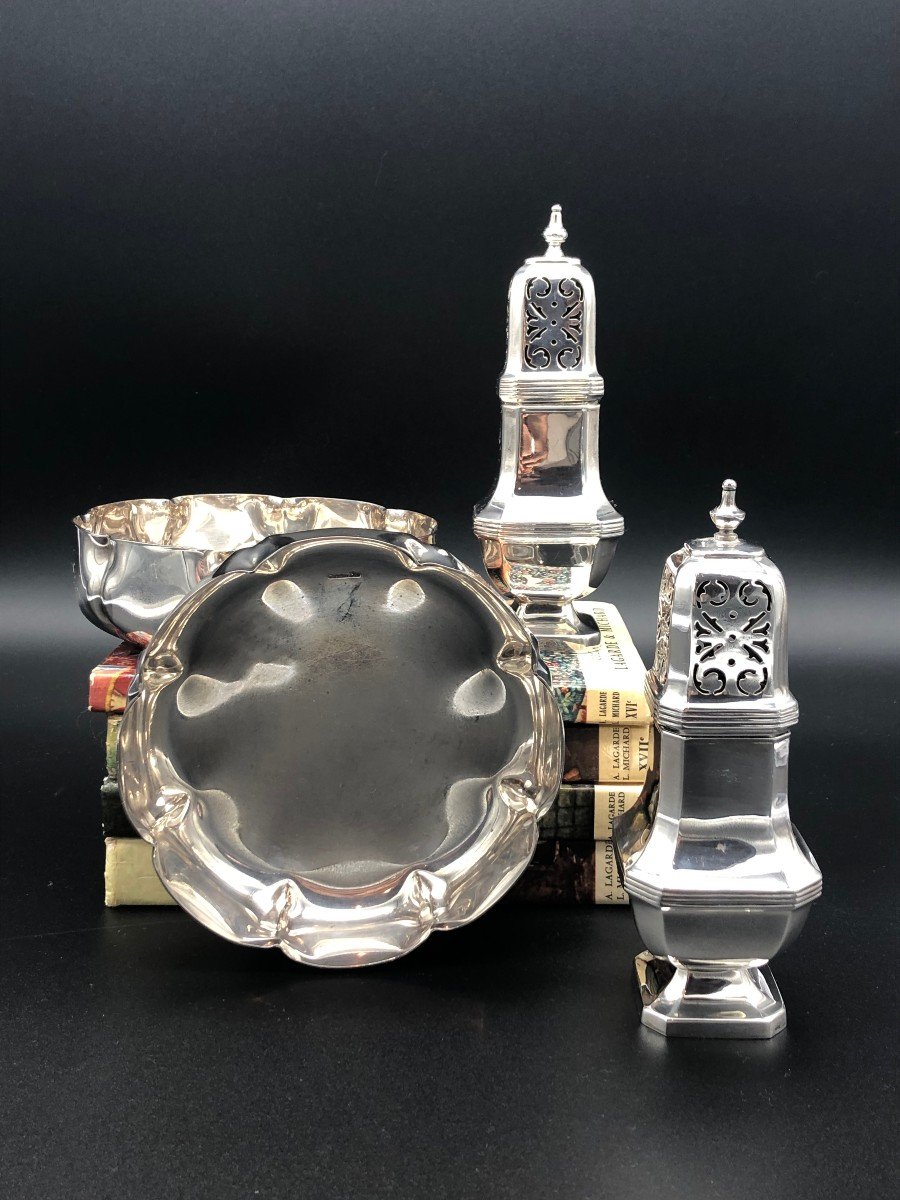
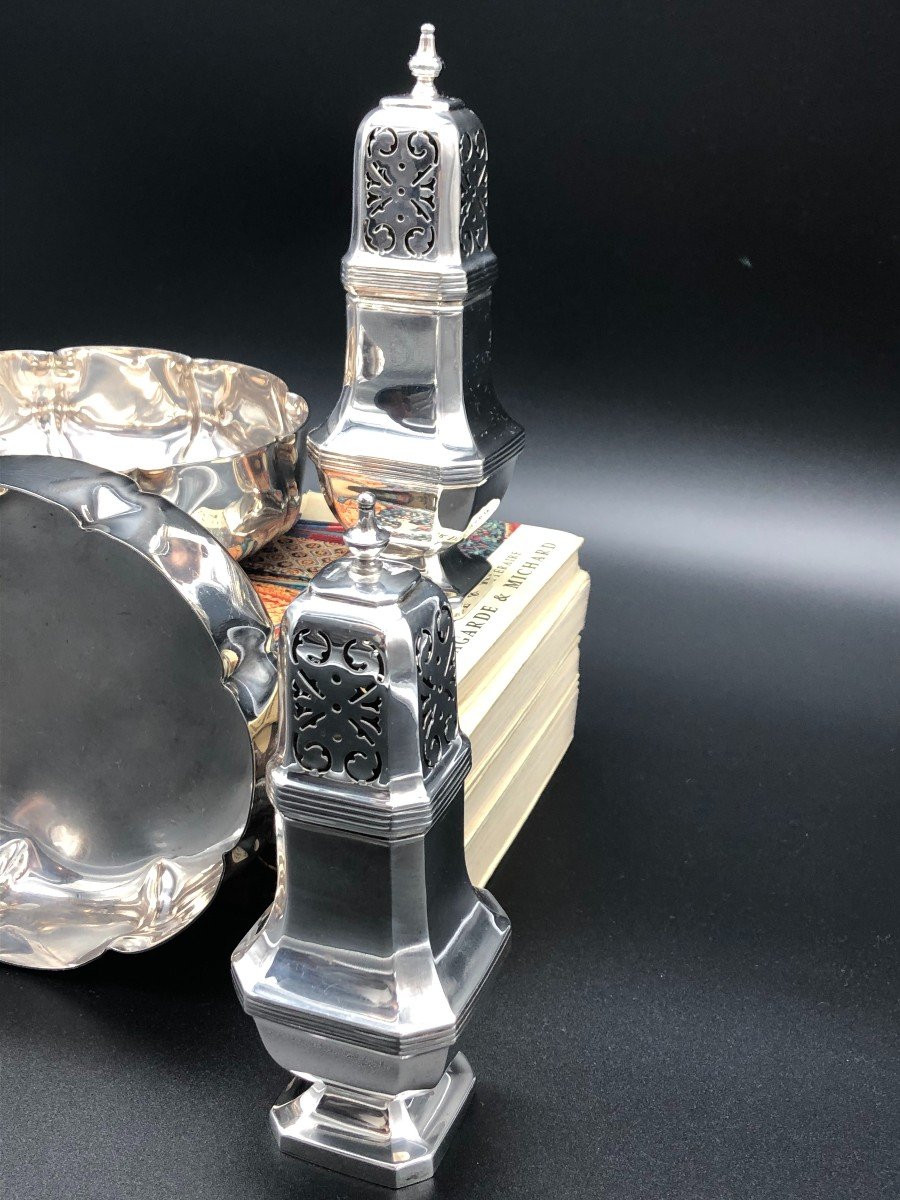


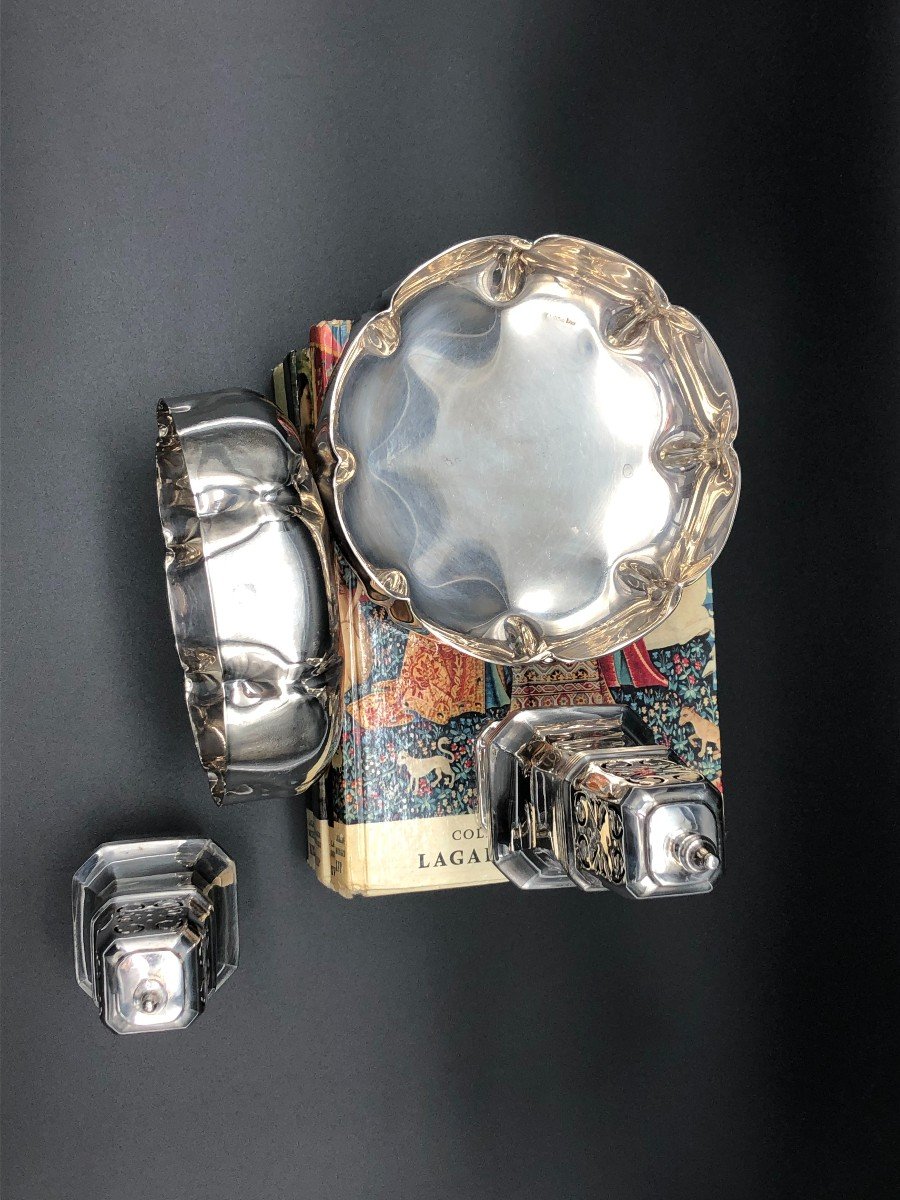
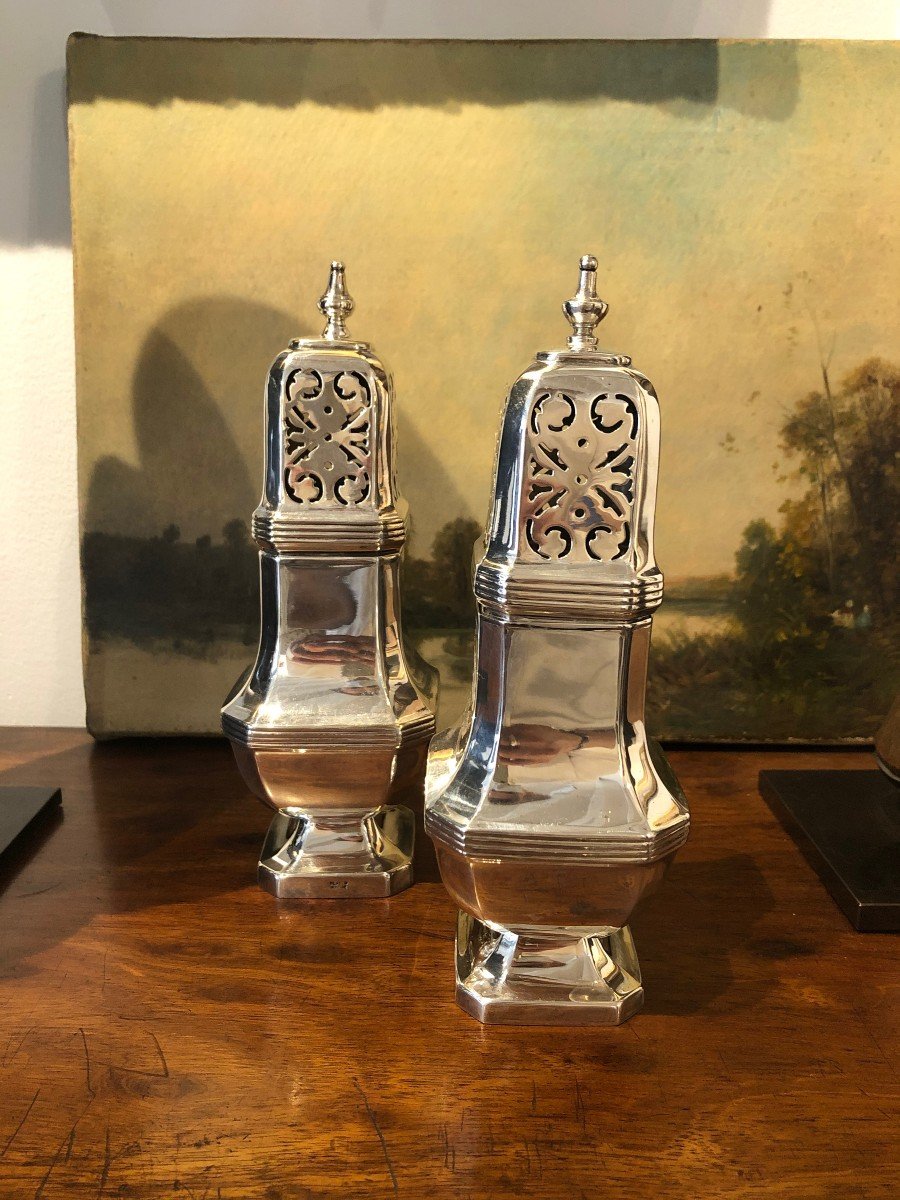









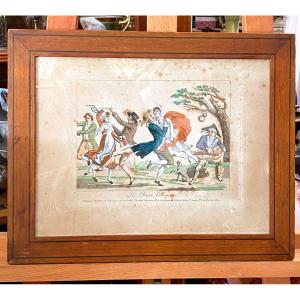


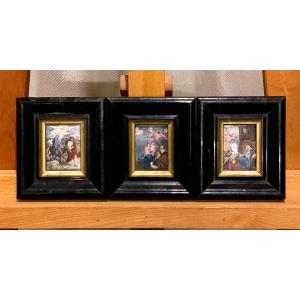


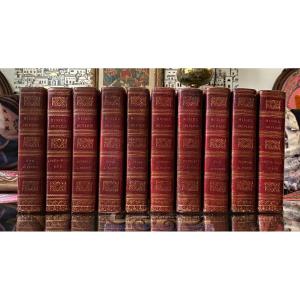
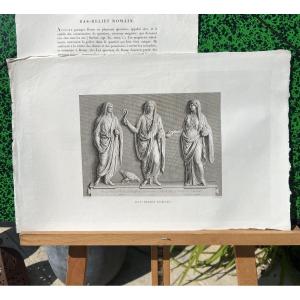
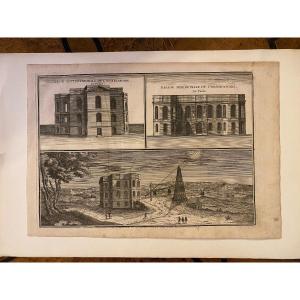
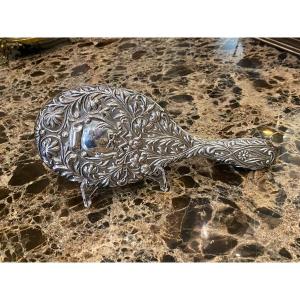




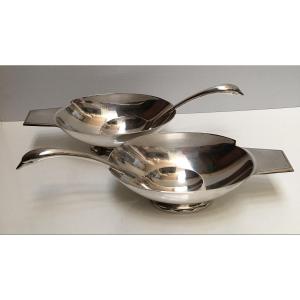






 Le Magazine de PROANTIC
Le Magazine de PROANTIC TRÉSORS Magazine
TRÉSORS Magazine Rivista Artiquariato
Rivista Artiquariato